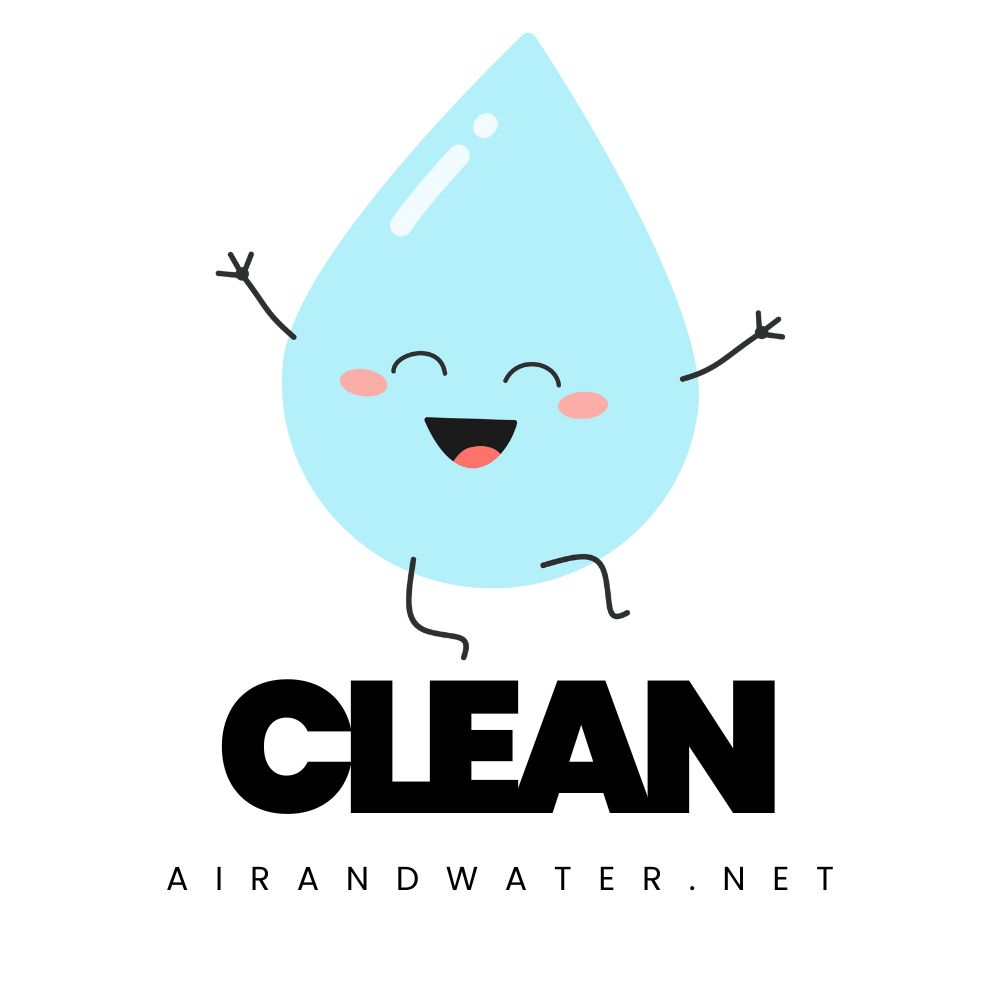Las Vegas Water Quality at a Glance
some concerns
Is Las Vegas Water Safe to Drink?
Generally Yes – Las Vegas water meets or exceeds all federal safety standards and is considered safer than many urban areas. Main concerns include chromium-6 levels (54-850 ppt), natural arsenic (0.7-4.0 ppb), and disinfection byproducts. Unlike many cities, Las Vegas has very low PFAS levels and no lead service lines. The city conducts over 301,000 water analyses annually from 380 monitoring stations, exceeding federal requirements.
⚠️ Key Concerns for Las Vegas Residents
- Chromium-6: Levels range 54-850 ppt (3-40x above California’s safe level of 20 ppt); unregulated carcinogen
- Natural Arsenic: Detected 0.7-4.0 ppb across distribution areas; EPA suggests treating water >1 ppb
- Disinfection Byproducts: Total trihalomethanes 68-82 ppb (some exceed 80 ppb EPA limit); haloacetic acids 35-45 ppb
- Military Base PFAS: Nellis AFB groundwater shows 47,400 ppt PFOA+PFOS (not affecting main supply)
Read the full report below for detailed analysis, city-specific data, and actionable recommendations for Las Vegas residents.
Las Vegas – Nevada – Water Quality Report 2025: PFAS Testing, Infrastructure Concerns & Safety across your city
The Southern Nevada Water Authority (SNWA) and Las Vegas Valley Water District (LVVWD) serve over 2.2 million residents across the greater Las Vegas metro area. Together, these agencies manage one of the nation’s most sophisticated water systems, including approximately 6,500 miles of water transmission and distribution pipelines, two water treatment facilities, and numerous pumping stations that deliver nearly 300 million gallons daily in one of the world’s driest desert environments.
Las Vegas draws 90% of its water from Lake Mead on the Colorado River, with the remaining 10% coming from groundwater aquifers beneath the Las Vegas Valley. As the driest major metropolitan area in the United States, with annual rainfall of just 4 inches, Las Vegas has become a global leader in water conservation and reuse technologies. The city reclaims and returns nearly all indoor water use back to Lake Mead, earning credits for this return flow. This closed-loop system, combined with aggressive conservation measures, has allowed Las Vegas to reduce its overall water consumption by 55% since 2002 despite adding more than 829,000 new residents.
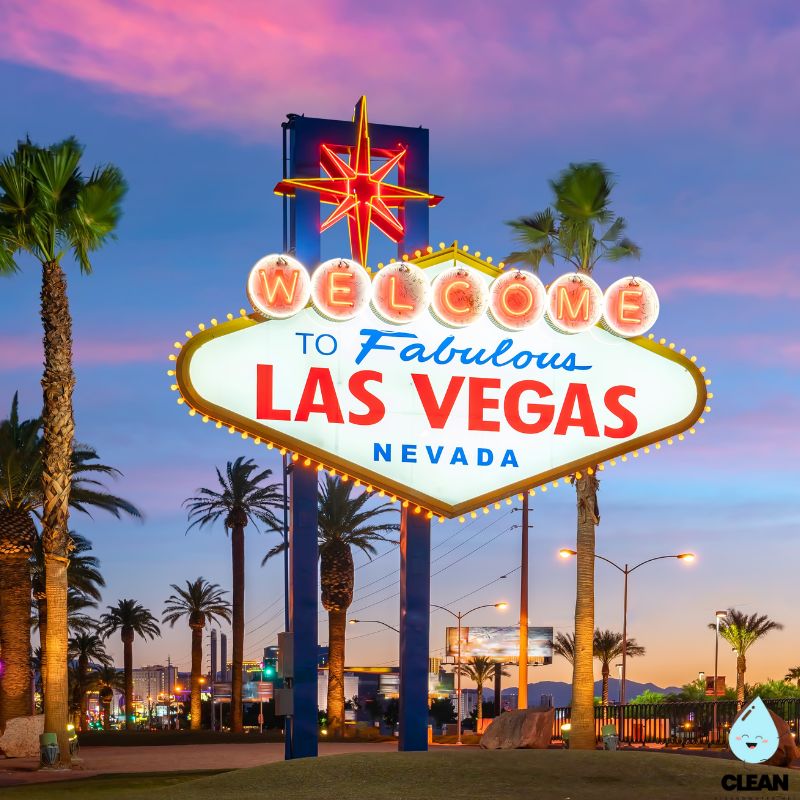
Las Vegas Water Quality: Current Status (2024-2025)
Latest Testing Results
- Lead Levels: The most recent testing period (January-December 2023) showed 90th percentile lead levels of less than 1 part per billion (ppb), significantly below the EPA action level of 15 ppb, reflecting the region’s relatively modern infrastructure and no lead service lines.
- Testing Scope: SNWA conducts over 300,000 water quality tests annually across the system, with enhanced monitoring for emerging contaminants and extensive Lake Mead source water surveillance.
- Compliance Status: Las Vegas’ water meets or exceeds all federal and state drinking water standards, maintaining full compliance with EPA and Nevada Division of Environmental Protection regulations.
Lake Mead Water Source
- Strategic Intake Systems: Three separate intake structures in Lake Mead, including the unique Intake No. 3 completed in 2015 at 860 feet below full pool elevation, ensuring access even during extreme drought conditions.
- Low Lake Level Pumping Station: State-of-the-art facility commissioned in 2020 allows Las Vegas to draw water even if Lake Mead falls below historical minimums, providing resilience against continued drought.
- Comprehensive Monitoring: Extensive source water quality monitoring program tracks over 300 compounds, with special emphasis on regional agricultural and urban runoff contaminants.
Advanced Treatment Technology
- Ozone Disinfection: Both Alfred Merritt Smith and River Mountains Water Treatment Facilities use ozone as primary disinfectant, providing superior pathogen protection with fewer disinfection byproducts.
- Multi-Barrier Approach: Treatment includes ozonation, multi-stage filtration, granular activated carbon, and advanced oxidation to ensure exceptional water quality for desert conditions.
- UV Disinfection: Additional ultraviolet light treatment provides redundant protection against Cryptosporidium and other resistant pathogens.
World-Leading Conservation
- Closed Loop System: Las Vegas reclaims nearly 99% of all indoor water use, treating it to exceptional standards at wastewater reclamation facilities before returning it to Lake Mead for reuse.
- Turf Removal Program: Innovative “Water Smart Landscapes” rebate program has removed over 200 million square feet of grass, replacing it with desert-adapted landscaping and saving billions of gallons annually.
- Mandatory Water Restrictions: Comprehensive outdoor watering restrictions, water waste enforcement, and tiered water rates encourage efficiency throughout the valley.
Drought Resilience Initiatives
Las Vegas has implemented the nation’s most advanced drought response system, incorporating both infrastructure and policy solutions to address Colorado River shortages. SNWA’s “Water Resource Plan 2025-2075” outlines strategies for sustainable water management through extreme climate scenarios, including groundwater banking, water recycling projects, and potential new sources like participation in ocean water desalination plants along the California coast. The city’s internationally recognized conservation efforts have reduced per capita water use from 314 gallons per day in 2002 to approximately 140 gallons in 2024 – among the lowest of any major desert metro area while maintaining exceptional water quality standards.
Recommendations for Las Vegas Residents
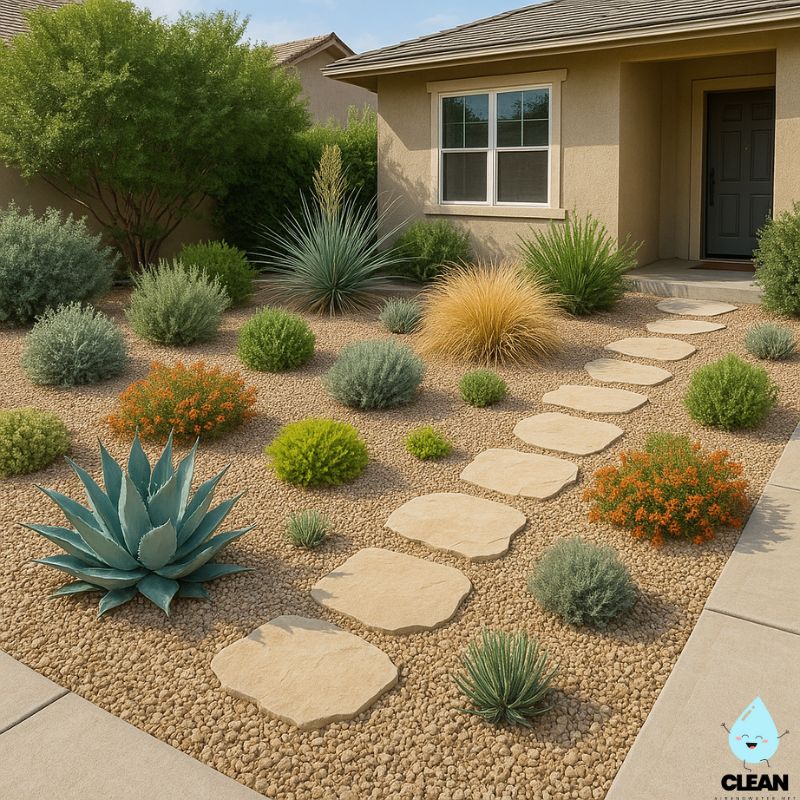
Convert to Desert Landscaping
Take advantage of SNWA’s Water Smart Landscapes rebate offering $3 per square foot for turf removal. Desert-adapted plants use up to 75% less water and typically require less maintenance than grass.
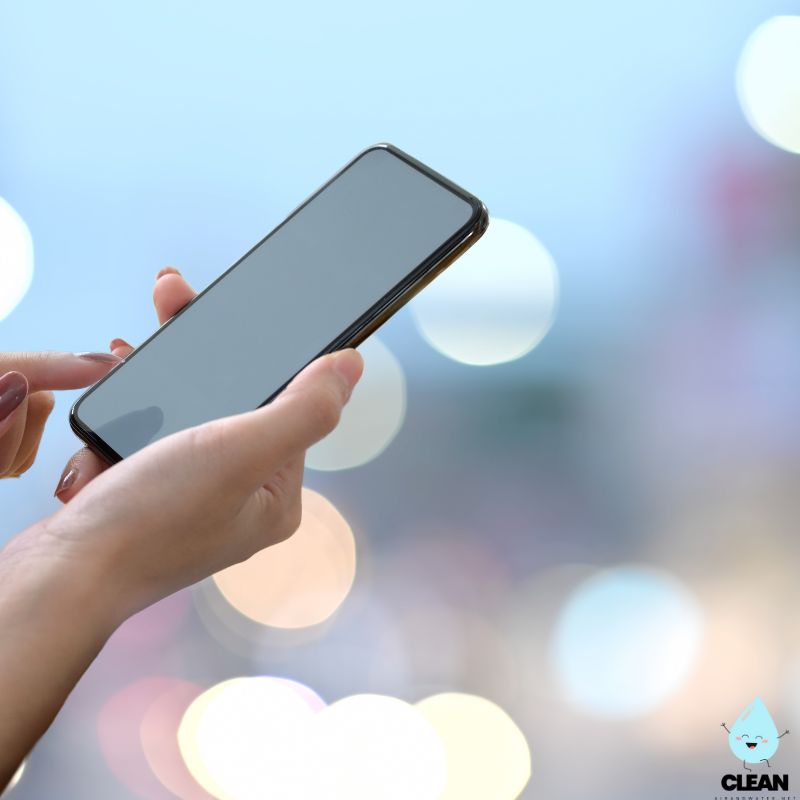
Install Smart Irrigation
Upgrade to smart irrigation controllers that adjust watering based on weather conditions. SNWA offers rebates up to $200 for these systems, which can reduce outdoor water use by 15-30%.

Cover Your Pool
Use a pool cover to reduce evaporation, which can save up to 30,000 gallons annually in Las Vegas’ hot, dry climate. SNWA offers $200 rebates for pool covers and higher incentives for automatic covers.

Check for Leaks
Monitor your water meter regularly for unexpected usage. In Las Vegas’ dry climate, leaks often go unnoticed underground. Free leak detection tablets for toilets are available from SNWA and local water districts.

Follow Watering Restrictions
Adhere to assigned watering days based on your address. Summer watering is allowed any day before 11 AM or after 7 PM, while winter watering (November-February) is limited to one day per week.
Quality News About Your Water
Get the comprehensive water quality news coverage you need with our dedicated US Water News Service. From coast to coast, we deliver in-depth reporting and expert analysis on PFAS contamination, EPA regulatory changes, infrastructure developments, and emerging water safety issues affecting communities nationwide. While mainstream media only covers the biggest stories, we provide the detailed, ongoing coverage that helps you understand the full scope of America’s water challenges. Whether you’re a concerned citizen, water professional, or community leader, our daily updates and analytical insights keep you informed about the issues that matter most to public health and environmental safety.
Frequently Asked Questions
Is Las Vegas’ tap water safe to drink?
Yes, Las Vegas’ tap water is safe and meets or exceeds all federal and state drinking water standards. In fact, SNWA’s water treatment facilities have received the prestigious “Director’s Award” from the Partnership for Safe Water for 20 consecutive years, recognizing excellence in water treatment practices.
Our water undergoes extensive treatment including ozonation, multi-stage filtration, carbon adsorption, and UV disinfection. Over 300,000 water quality tests are conducted yearly, monitoring for more than 300 contaminants. The modern infrastructure of Las Vegas also means lead levels are extremely low throughout the system, typically less than 1 ppb compared to the EPA limit of 15 ppb.
How is Las Vegas addressing drought on the Colorado River?
Las Vegas has implemented one of the world’s most effective drought management programs:
• Infrastructure: The Third Intake and Low Lake Level Pumping Station allow water access even if Lake Mead drops to critically low levels
• Conservation: Per capita water use has decreased 55% since 2002 through turf removal, water restrictions, and incentive programs
• Return Flow Credits: Vegas recycles nearly all indoor water and returns it to Lake Mead, earning credits that expand our effective supply
• Water Banking: Over 2.2 million acre-feet stored in groundwater banks
• Collaboration: Active partnerships with other Colorado River Basin states on water-sharing agreements
These measures ensure reliable supply even during continued drought conditions.
Why does Las Vegas tap water sometimes have an earthy taste?
Occasional taste variations in Las Vegas water are generally safe and may be attributed to:
• Seasonal algae blooms: Spring and summer algae in Lake Mead can produce compounds like geosmin and MIB that cause earthy or musty tastes
• Treatment adjustments: Changes in treatment processes to address seasonal water quality variations
• Chloramine residual: The disinfectant used to maintain water safety through the distribution system
These taste compounds are not harmful and are removed to below detection limits for most people. For those with sensitive taste, refrigerating water in an uncovered container or using a carbon filter certified for taste and odor removal will improve flavor.
What are Las Vegas’ current water restrictions?
Las Vegas maintains year-round mandatory water restrictions:
Seasonal Watering Schedule:
• Summer (March-October): Watering allowed any day before 11 AM or after 7 PM
• Winter (November-February): One assigned day per week only
• Spring/Fall: Three assigned days per week based on address
Permanent Restrictions:
• Mandatory reporting of water waste
• No new turf in residential front yards
• No sprinkler irrigation during high winds
• Misting systems at commercial properties restricted to summer months
Violations can result in fines from $50 to $5,000. Check snwa.com for current restrictions.
Contaminants of Concern
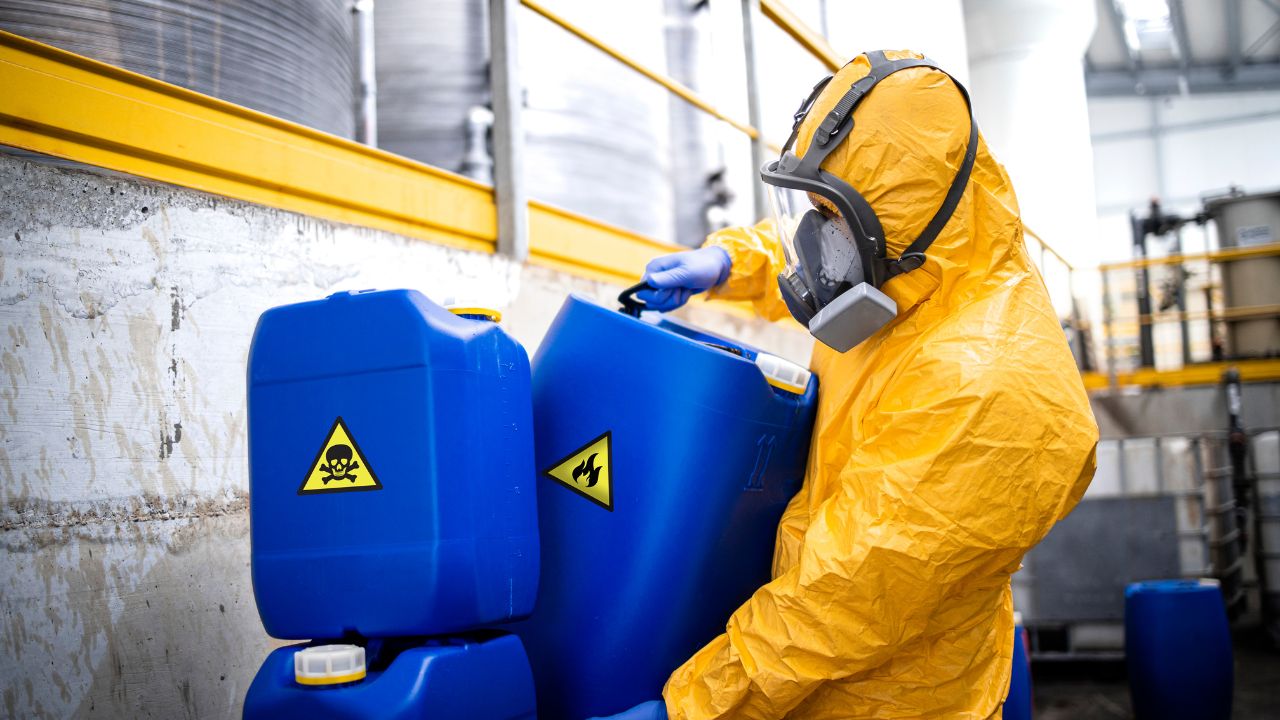
Disinfection Byproducts
Source: Form when disinfectants react with naturally occurring organic matter in Lake Mead water
Health Effects: Potential increased risk of bladder cancer and reproductive effects with long-term exposure to elevated levels
Current Status: Levels maintained well below EPA limits through ozone treatment which produces fewer byproducts than traditional chlorine disinfection
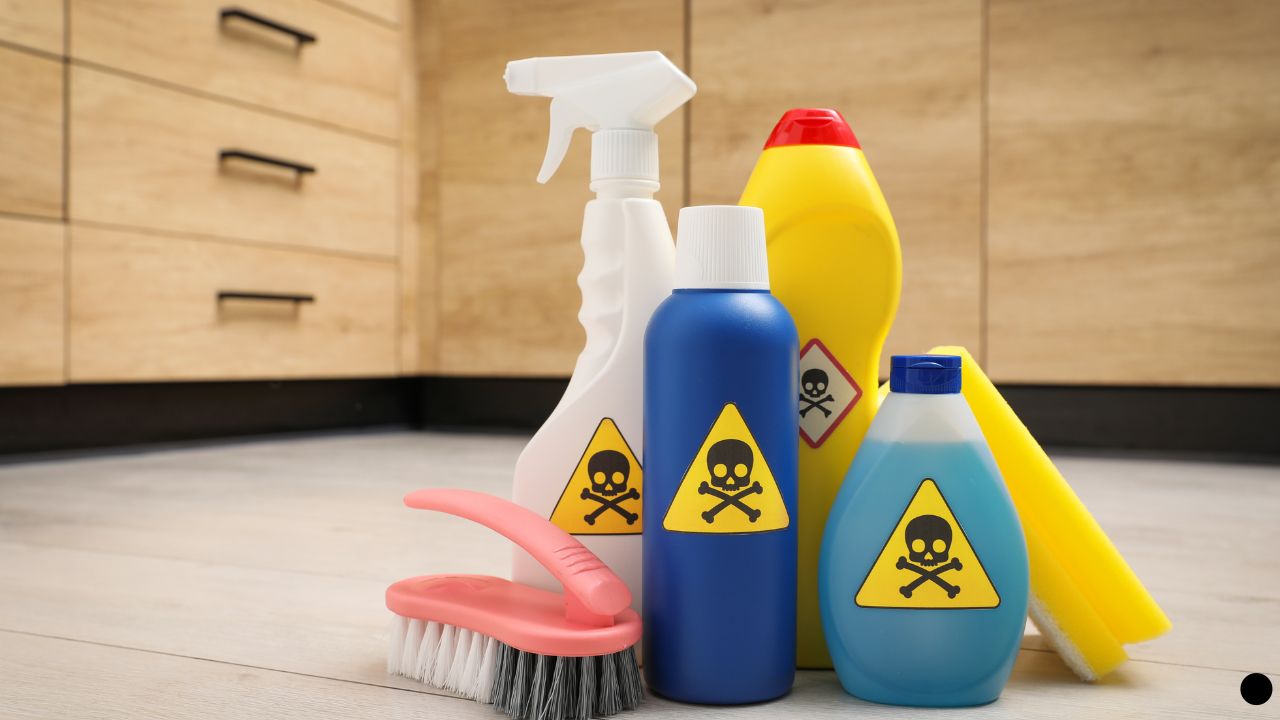
Emerging Contaminants
Source: Pharmaceutical compounds, personal care products, and industrial chemicals from upstream sources in the Colorado River watershed
Health Effects: Research on health impacts still evolving; most compounds detected at trace levels with unknown long-term effects
Current Status: SNWA leads research on emerging contaminants; advanced treatment barriers effectively remove most compounds of concern
Please read – our information
The information presented on cleanairandwater.net is compiled from official water quality reports, trusted news sources, government websites, and public health resources. While we strive for accuracy and thoroughness in our presentations, we are not scientists, engineers, or qualified water quality professionals.
Our mission is to present water quality information in an accessible, real-world format that helps people understand what’s in their water and make informed decisions about their health and safety. We believe that complex environmental information should be available to everyone in a format that’s easy to understand.
We make every effort to ensure our content is current and accurate, but we cannot guarantee that all information is complete or error-free. This website should not replace official communications from your local water utility or health department. We always recommend consulting official sources for the most up-to-date information regarding your specific water system.
Clean Air and Water is not liable for any unintentional errors, omissions, or outdated information. The content on this site is provided for informational purposes only and should not be considered professional advice.
